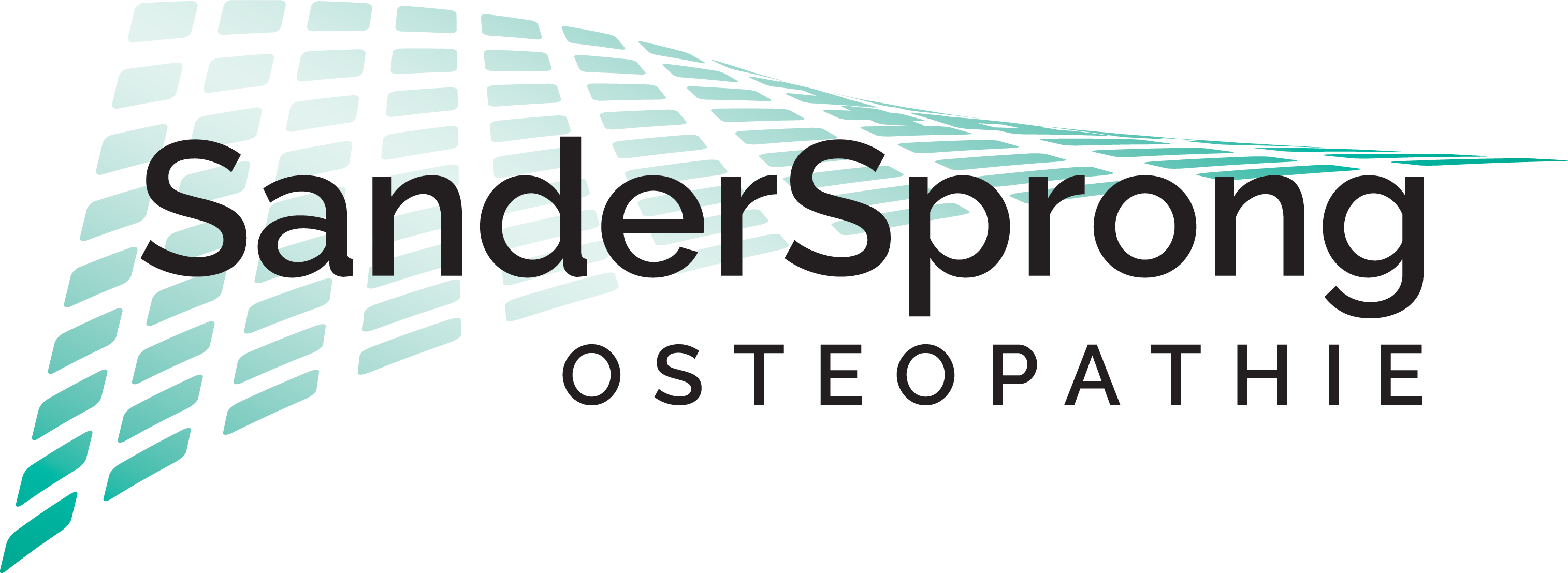What is osteopathy?

What is Osteopathy?
You have been advised to see an osteopath with your complaint or your baby or child’s complaint. But what is osteopathy?
Osteopathy is a form of manual therapy that focuses on restoring the body’s natural mobility and thus its self-healing ability. The premise is that the body works as a whole, with all parts interconnected. This means that when one area of the body is not functioning properly, it can affect other parts of the body. Osteopathy, therefore, looks beyond just the symptoms. It focuses on the underlying causes of complaints and tries to address them by promoting movement, blood flow and thus the self-healing ability and overall health of the body.
What is osteopathy: a holistic approach to the body
Osteopathy looks at the body as a whole. Rather than just looking at a specific problem, the whole body is always considered. This means that osteopaths not only focus on the part of the body where the symptoms are occurring, but also look at other systems and structures in the body that may be affecting the region where the symptoms are occurring. The goal is to bring the body back into balance so that it is able to repair itself. Osteopathy is thus a holistic approach: it does not just focus on the symptoms, but tries to make the entire body function better in order to remedy the symptoms.
The three parts of Osteopathy
When examining and treating, osteopathy looks at three parts, but they can never be seen in isolation. These parts are the musculoskeletal system, the internal organs and the craniosacral system. Each of these parts, within their cohesion, play a crucial role in the overall health and functioning of the body.
1. The musculoskeletal system
The musculoskeletal system consists of the body’s muscles, joints and bones. This system allows us to move, work and function in everyday life. When there are disturbances in the mobility of this system, for example due to blockages in joints or muscle tension, this can lead to pain, stiffness or movement limitations. Osteopathy focuses, among other things, on improving the mobility of joints and relaxing tense muscles so that you can move freely and painlessly again.
2. The internal organs
In addition to the musculoskeletal system, osteopathy also pays attention to the internal organs of the body, such as the heart, lungs, intestines and liver. The functioning of these organs depends on proper blood flow and movement of the surrounding structures. For example, when there is a blockage in the abdominal area, it can affect the functioning of the intestines or other organs. But so can structures that we count as part of the musculoskeletal system. Osteopathy helps improve movement and blood flow in the abdomen and other organs, which can contribute to better health and fewer symptoms.
3. The craniosacral system
The craniosacral system is a term that refers to the “envelope” of the brain and spinal cord. This system includes the cranial bones, the meninges, and the protective fluids that protect the surrounded central nervous system. Osteopathy looks at the craniosacral system to ensure proper circulation of cerebrospinal fluid and healthy functioning of the nervous system. Disruption in this system can lead to headaches, fatigue, difficulty concentrating or other symptoms. Through gentle techniques, the osteopath can support this system and help restore balance.
What can osteopathy do for you?
Osteopathy is suitable for people of all ages, from newborns to the elderly. It can also be helpful during pregnancy or after surgery to speed recovery.
Osteopathy is an effective treatment for many different types of complaints, from back and neck pain to headaches, digestive problems and fatigue. Because osteopathy treats the body as a whole, both acute and chronic complaints can be remedied. By improving mobility, blood flow and overall balance in the body, osteopathy can help not only reduce pain, but also improve your overall well-being.
Conclusion
Hopefully, reading the above has answered the question “what is osteopathy?”.
Osteopathy is a holistic approach to health that focuses on restoring natural movement and balance to the body. The osteopath looks at the body as a whole and treats not only the symptoms, but also the underlying causes of complaints. Osteopathy offers an effective way to improve overall health and relieve symptoms. If you are looking for a method of treatment that supports the body as a whole, osteopathy may be the solution for you or your child.
Have you not yet received a clear answer to the question “what is osteopathy? Contact us if you have any questions, or make an appointment for yourself or your child right away in the online calendar.
